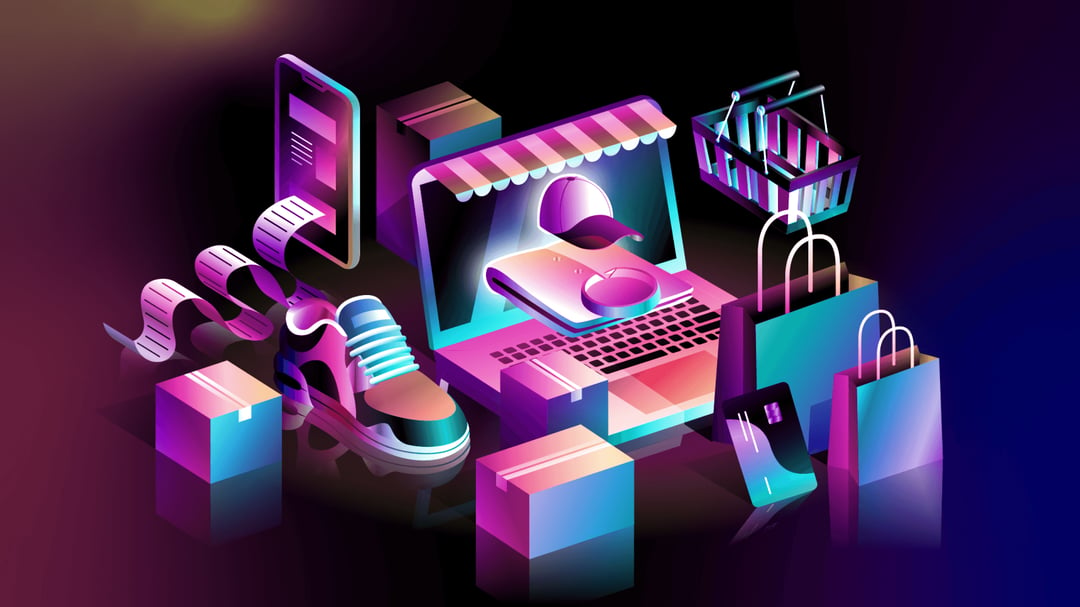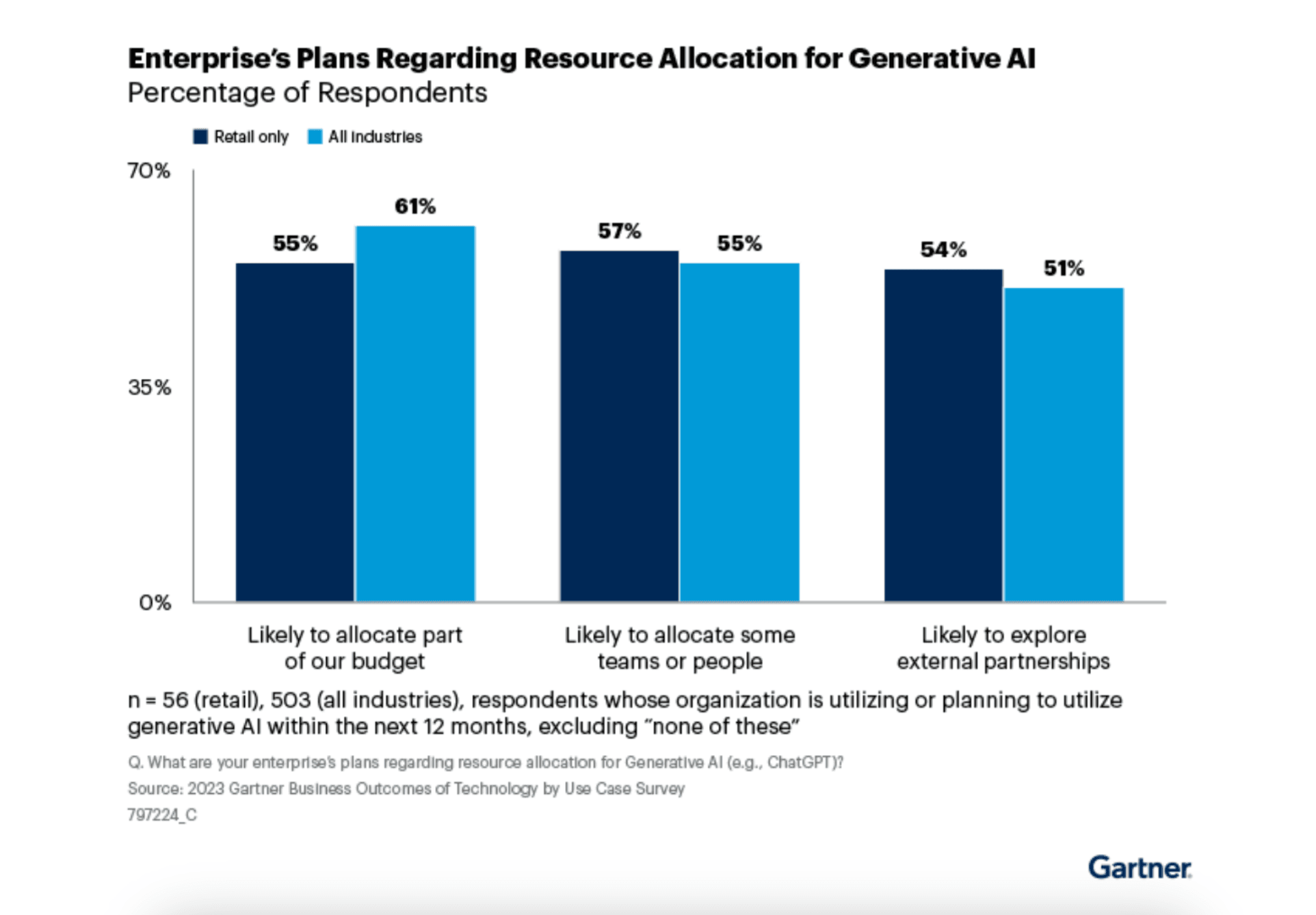The Cloud and Retail in 2024 and beyond

"Digitally augmented and profitable physical outlets represent the foundations of the future of retail", according to Gartner® Research ("Industry Positioning: Map Your Retail Technology Value Statements to Customer and Associate Expectations", Gartner, July 5, 2023).
In other words, despite the democratization of ecommerce in recent years, physical stores remain the most profitable type of retail; where consumers depend most. Yet, according to Gartner, "many retail product leaders fail to capture the full value of effective positioning" (same source).
Retail players' cloud selection criteria
Why are modern retailers increasingly turning to the cloud today? Because the cloud "facilitates access to operational and inventory data," according to Comarch, "which increases the level of data security, improves the user experience, optimizes inventory as well as disaster management, thereby increasing profitability."
Among the main benefits of the cloud for retail, Comarch cites inventory optimization, especially predictive and real-time; enhanced security thanks to techniques such as encryption; improved customer experience, thanks in particular to behavioral analysis or offer personalization; the ability to manage prices dynamically; omnichannel experience management (blending e-commerce with the physical store experience); and last but not least, scalability. Indeed, cloud models can automatically adjust available resources according to fluctuating demand levels (cf. "the Black Friday effect", below).
Retailers' cloud product needs
What are the main qualities that retailers are looking for when it comes to cloud products?
Scalability and elasticity: the "Black Friday effect", when an ecommerce site suddenly moves to a high level of traffic, is often evoked to illustrate how tools such as auto-scaling, load balancers and especially Kubernetes can help in such cases. By rapidly, and often automatically, allocating additional resources to its cloud infrastructure, managed services enable ecommerce platforms to manage fluctuating traffic, dynamically increasing or reducing resources.
Data security and compliance: Security is a key criterion for the entire retail industry, since every transaction contains sensitive consumer data. Protecting customer data is therefore paramount. This involves encryption, access controls and regular security audits.
Network security and DDoS protection: In addition to customer data, infrastructure security is also paramount. This includes network security measures such as firewalls, intrusion detection/prevention systems and securing API endpoints. DDoS mitigation strategies are essential to protect against large-scale attacks.
High availability and disaster recovery: E-commerce sites need to be up and running without interruption. This requires redundancy, backup systems and strategies for rapid recovery from potential failures.
Performance optimization: It's important to balance resource utilization to ensure fast loading times and smooth operation. This includes database optimization, use of content delivery networks (CDNs) for faster load times, and efficient caching strategies.
Microservices and containerization: Managing a complex architecture of small, independent services involves orchestrating containers, discovering services and ensuring efficient, secure inter-service communication.
Data storage and management: Distributors need to manage large volumes of data. They therefore need solutions such as object storage, databases (SQL and NoSQL) and data warehousing. This aspect also includes real-time data processing and big data analysis capabilities.
API management and integration: It's important to be able to manage numerous APIs for different services, ensuring that they are well documented, version-controlled and securely exposed. This also involves the integration of various third-party services and internal systems.
AI: The future of retail?
Artificial intelligence is a topic that retailers are naturally taking a close look at right now. Indeed, according to Gartner, "by 2027, 90% of leading retail players will execute at least one generative AI deployment that will transform their business" (source: "Top Retail CIO Industry Trends for Increasing Customer Centricity in 2024", Gartner, January 2024). More than half of them plan to dedicate investment, and teams, according to the same report :

Among the many examples of AI augmenting the retail experience, let's cite three major companies:
- Carrefour is currently experimenting with three cases based on ChatGPT: an advisor to accompany customers through the purchasing cycle on carrefour.fr; AI to generate product information sheets for the Carrefour range, both in-store and on the website; and finally, AI to optimize employee experience, to provide the right support to product purchasing teams, for example. Behind these deployments is access to GPT-4, OpenAI's latest model, via Microsoft Azure.
- IKEA trained the Stable Diffusion image-generation model with its catalogs from the 70s and 80s. The result was a new range of particularly innovative and creative products. These prototypes were created under the aegis of the Swedish brand's innovation laboratory, SPACE10.
- Estée Lauder relies on PaLM2, Google's LLM provided through Google Cloud, to monitor consumer behavior and purchasing habits through social networks, e-commerce platforms, call centers, among other data sources.
Is that enough to revolutionize the sector? Let's not be too hasty!
AI, through the cloud, however, remains the area that could well transform retail in the future. Especially if it helps solve the sector's number one dilemma: maximizing the profitability of physical stores by leveraging digital. Duly noted!